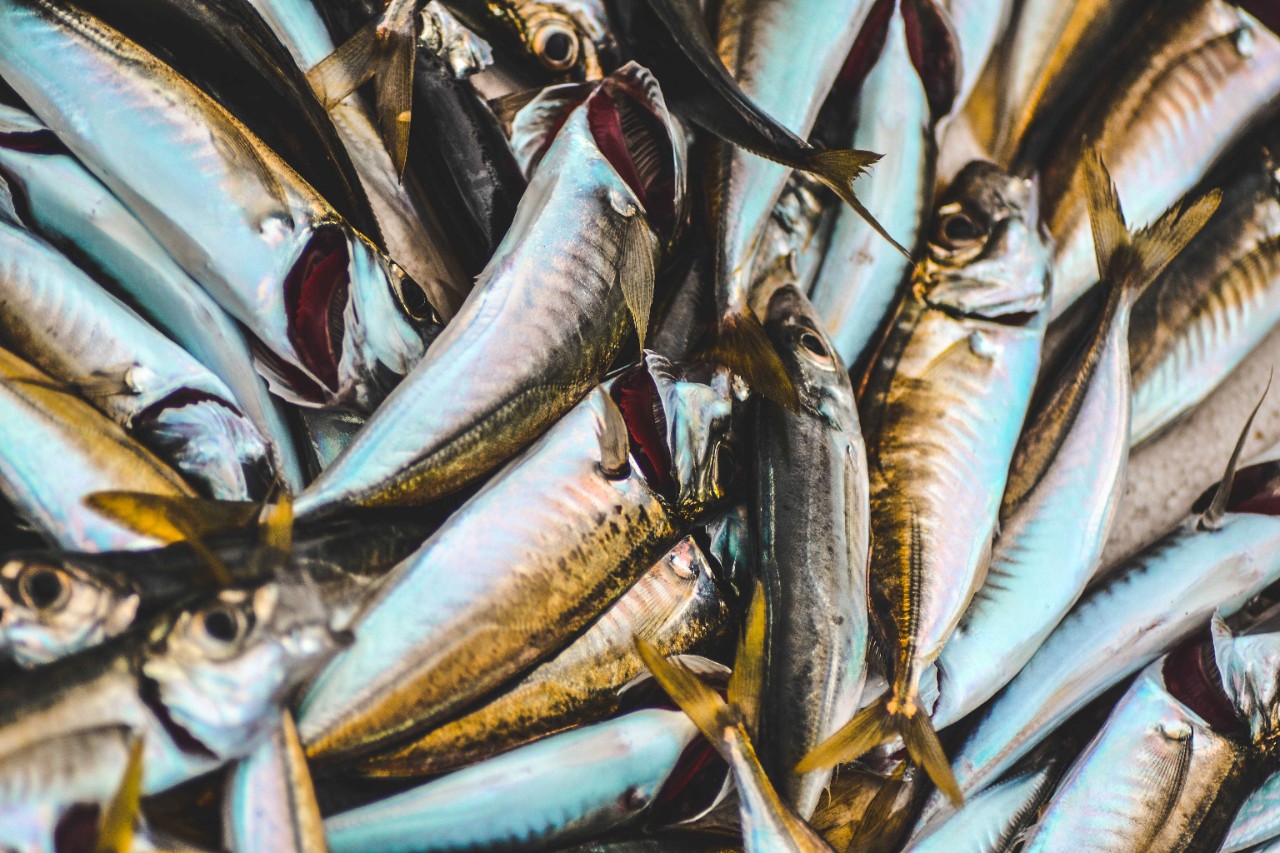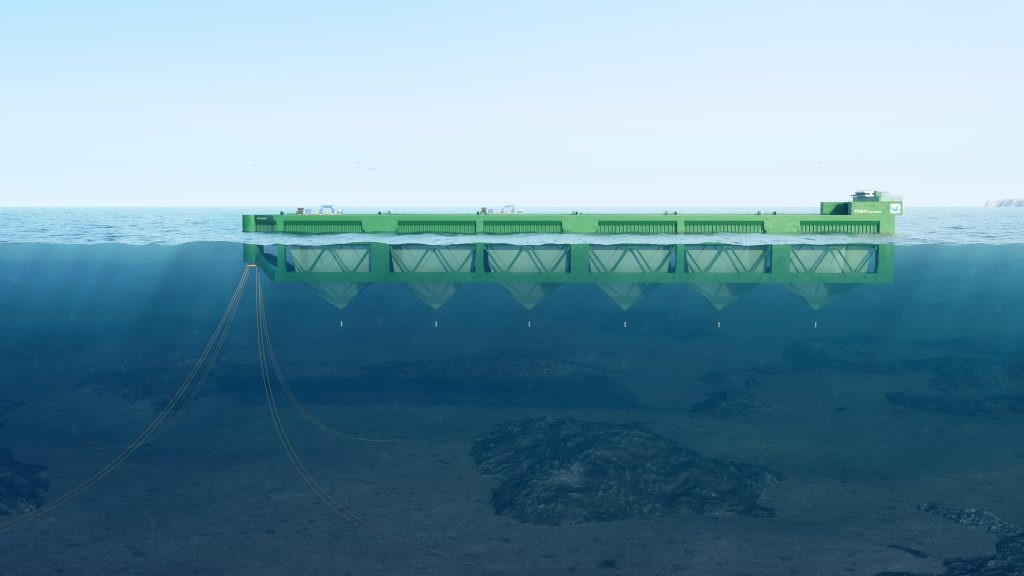The steel structure reaches more than 30 metres below sea level and acts as a framework for six separate mesh pens, each measuring 50 metres across and ten metres deep. Waves of up to ten metres will simply crash against its side. In a storm, it can be raised up further out of the sea.
“In order to move aquaculture out of the fjords to more exposed locations, we need new technology able to withstand even tougher weather conditions, and at the same time keep the fish and people safe,” explained a company spokesman Lars Frederik Martinussen. “With the goal of sustainable development of aquaculture in Norway, we want to take farming into new sea and coastal areas for food production. The Havfarm allows us to focus on preventive measures against sea lice instead of acting retrospectively to an infestation.”
The Havfarm will rely on a range of technologies to cope with the rougher waters of open sea. For example, propellers will help it rotate with the prevailing current, like a weathervane, around a mooring point in its bow, while a positioning system will automatically change its location. Prompted by meteorological data, the ship will seek refuge in a sheltered location, giving the owners the opportunity to float it in a greater variety of waters - even those prone to storms.
The Nordlaks method of farming will imitate the wild salmon’s journey from the rivers, through the fjords and into the ocean. The process begins with the land-based rearing of larger smolt (stocking fish), which are brought into traditional farms for a short period of time. These then enter the Havfarm, where they can grow to maturity.
The need to fallow fish farms – just as a land farmer would rest areas of soil after several years of intensive cultivation – is increasingly seen as a good way to reduce the lice burden on salmon. By moving around, the Havfarm takes fallowing to another level. Eventually, Nordlaks plans to produce salmon without the need for de-lousing.
One third of the world's population already includes fish as a mainstay of its diet. Nordlaks hasn't yet assessed whether the Havfarm would be suitable for aquaculture in other parts of the world. But Martinussen believes other countries will be eager to see the results.
“All improvements in aquaculture technology could make a big difference to the quality of life for millions of people,” he said. “Only a small fraction of the world’s food supply currently comes from the oceans. Aquaculture is perhaps the most climate-friendly and resource-efficient protein production we know of today. I’m not saying Nordlaks alone has all the answers, but we want to be a part of that future.”


